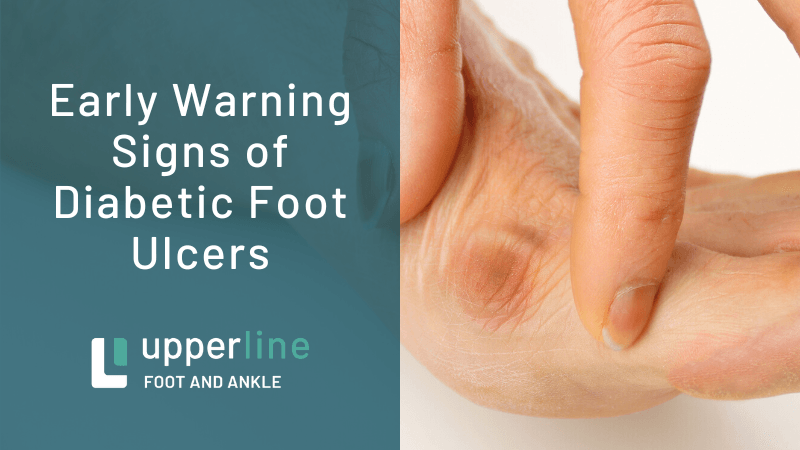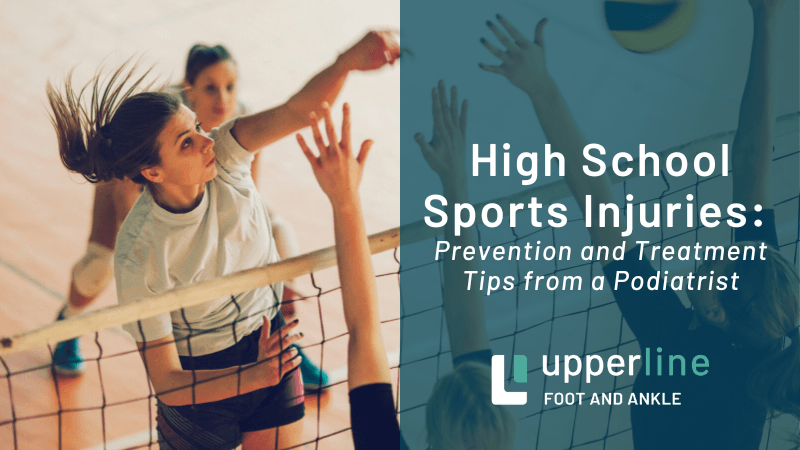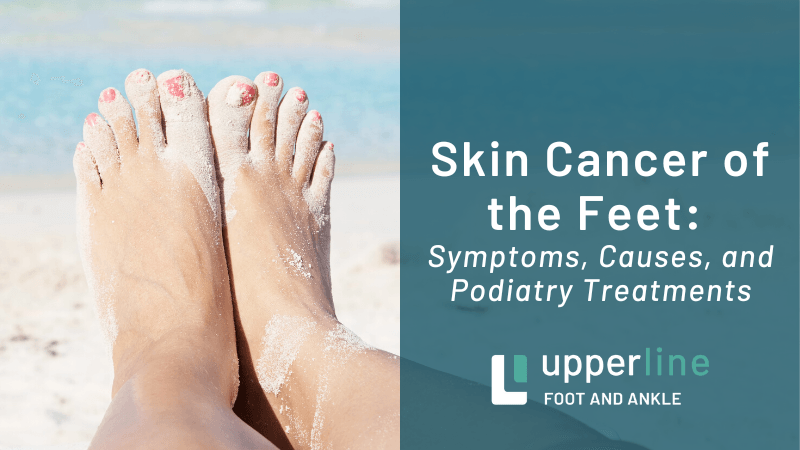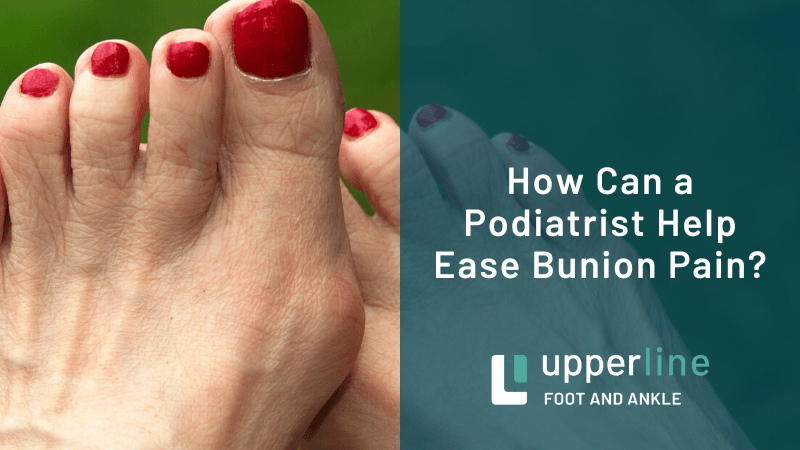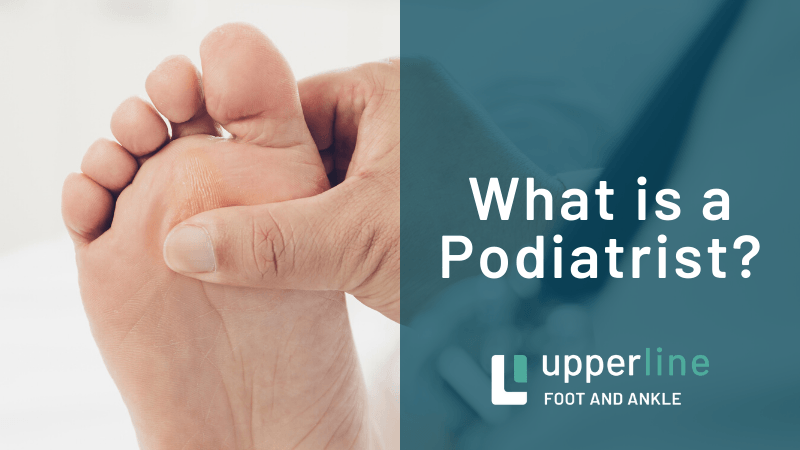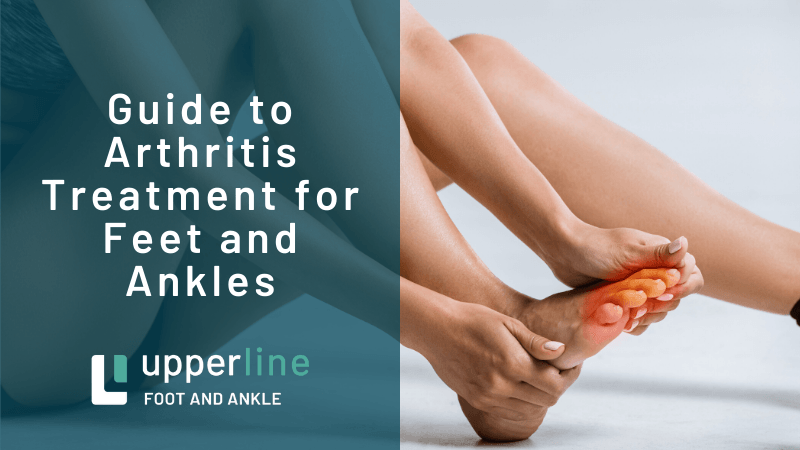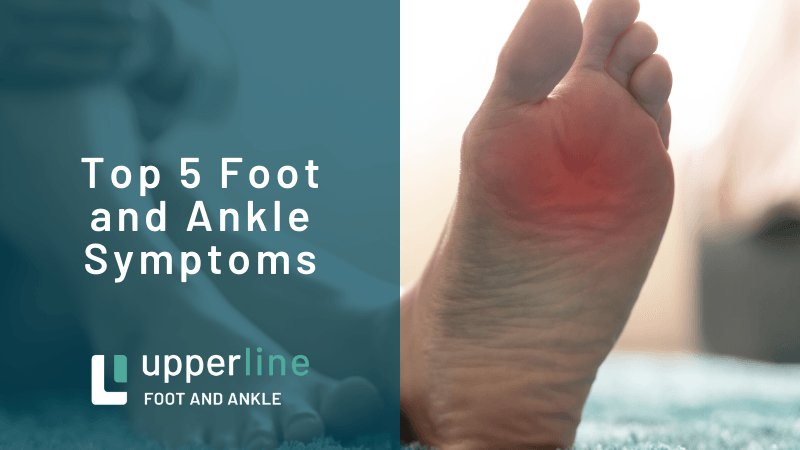Keep Your Feet Safe and Healthy During Vacation
Spring is finally here, and for many of us this means packing that toothbrush and hitting the road. But though you may be eager to get some relaxation time at the beach or go on that long-awaited vacation adventure with your family and friends, you shouldn’t forget about your feet. They will, after all, be your main mode of transportation no matter where you are planning on going for vacation.
This is something that, unfortunately, most of us tend to forget as we plan our spring and summer getaways. Indeed, our feet are usually underappreciated during the majority of the year, so why should it be any different when we are trying to have fun on vacation, right?
Wrong.
The truth is that this lack of concern can easily lead to soreness, exhaustion, swelling, blisters, injuries and more! The list can go on forever, and there’s really nothing like a painful or injured foot to quickly ruin a vacation.
But we have good news: there are plenty of ways to save yourself the headache and foot ache during and after traveling. Now you can say bon voyage to painful feet, swollen ankles, and all other more-than-inconvenient foot problems travelers often face. All you have to do is keep the following tips in mind.
Wear Comfortable Shoes
If you have traveled at least once or twice in your lifetime, then you likely already know that you should be prepared for long waits in lines at the airport (or bus station, or train station), far walks to terminals, and maybe even a last-minute dash to a connecting flight.
Yes – flip-flops and sandals are very convenient when going through TSA check points, as you can slip them right off and right back on when you’re done. The problem with this is that flip-flops and sandals also expose your feet to sharp objects and dirty airport surfaces. Not to mention that these types of footwear can increase your risk of tripping and spraining an ankle —mad-dashes to catch a flight will likely be unsafe if you are wearing flip-flops.
Instead, you should opt for comfortable shoes that provide proper support and protection to your feet. And make sure to wear socks, too. Doing so will protect your feet from bacteria and viruses that can lead to athlete’s foot or plantar warts.
Alternate Shoes Every Day
Wearing the same shoes for several consecutive days can easily turn into a smelly situation. Moisture and bacteria can build up inside your shoes if you don’t allow them time to air out between uses. And this is especially true if you are wearing them throughout most of the day or if you get them wet.
So, make sure to pack an extra pair of walking shoes, as well as flip-flops or shower shoes to use in moist common areas like pools, locker rooms, and even hotel room showers where it can be easy to pick up athlete’s foot or toenail fungus.
Leave New Shoes at Home
Did you buy a new pair of kicks to flaunt while out on vacation?
Leave them at home.
Though we know you may want to look your best during your trip – and there is nothing better than a nice pair of shoes to do just that! – new shoes are often stiff and uncomfortable at first. And if you end up doing a lot of walking, your feet may end up suffering from blisters, calluses, or other injuries.
So bring shoes that make you look good and feel good. And if you just have to take those new, cute shoes with you, then at least wear them around a few times to break them in before packing them in your luggage, but still avoid wearing them as you travel to your destination – new shoes can be unforgiving and a good way to start your vacation on the wrong foot.
Do Some Stretching
This is especially true if you have a flight or drive that is over 2 hours long.
Be sure to stretch your legs, feet, and ankles or get up and walk around at least once every hour. This will help circulate the blood to prevent deep vein thrombosis , or dangerous blood clots in your legs. It will also help prevent swelling and stiffness in your feet and ankles.
Now, if you have a history of foot and ankle swelling, you may want to consider wearing compression socks or stockings while you travel.
Place a Towel on the Floor Before Entering the Shower or Bathtub
When showering or bathing in your hotel of choice, make sure you place a towel on the floor before getting in the shower or bathtub. This will help prevent slipping when you exit and will help dry your toes, protecting them from infections like athlete’s foot.
And though you should use flip-flops or sandals very sparingly, make sure you have them on when walking barefoot in locker rooms and around pools where you may pick up athlete’s foot, plantar warts or toenail fungus. Wearing them when walking around your hotel room and as you shower is also a good idea.
Be Prepared – Pack a Small First-Aid Kit
Though wearing the right shoes will lower your risk of injury to the feet and ankles, you may still develop a blister from that long walk through the shopping village, or maybe scrape your foot on a sharp coral at the beach.
If you experience an injury – and we certainly hope that doesn’t happen – you should clean your feet with saline (yes, eye solution!), apply a small amount of antibiotic cream and cover it with a band-aid or gauze. If you suffer a puncture wound or other serious injury, you should immediately seek medical attention to prevent infections and other complications. Make sure to follow-up with an appointment at our Foot & Ankle Associates of Florida offices once you return from vacation.
We Can Help You!
Now that you know what to do to keep your feet and ankles healthy and happy throughout vacation, we certainly hope that you are able to enjoy your time without having to worry about ruining your trip because of injury. But we also understand that whenever our bodies are active, injury is always a possibility. And, if that is ever the case for you, then we are here to help!
So don’t hesitate to give us a call – you can reach us at (407) 339-7759 or (352) 589-9550 (if calling from Lake County). You can also fill out our handy request form online.
Schedule an Appointment
Upperline Health has locations across Florida ready to care for your lower extremity needs.

Upperline Health Florida provides the highest quality integrated lower extremity care to patients in need through a skilled and compassionate team. We strive to deliver care in a consistent and high-quality manner.
Navigation




